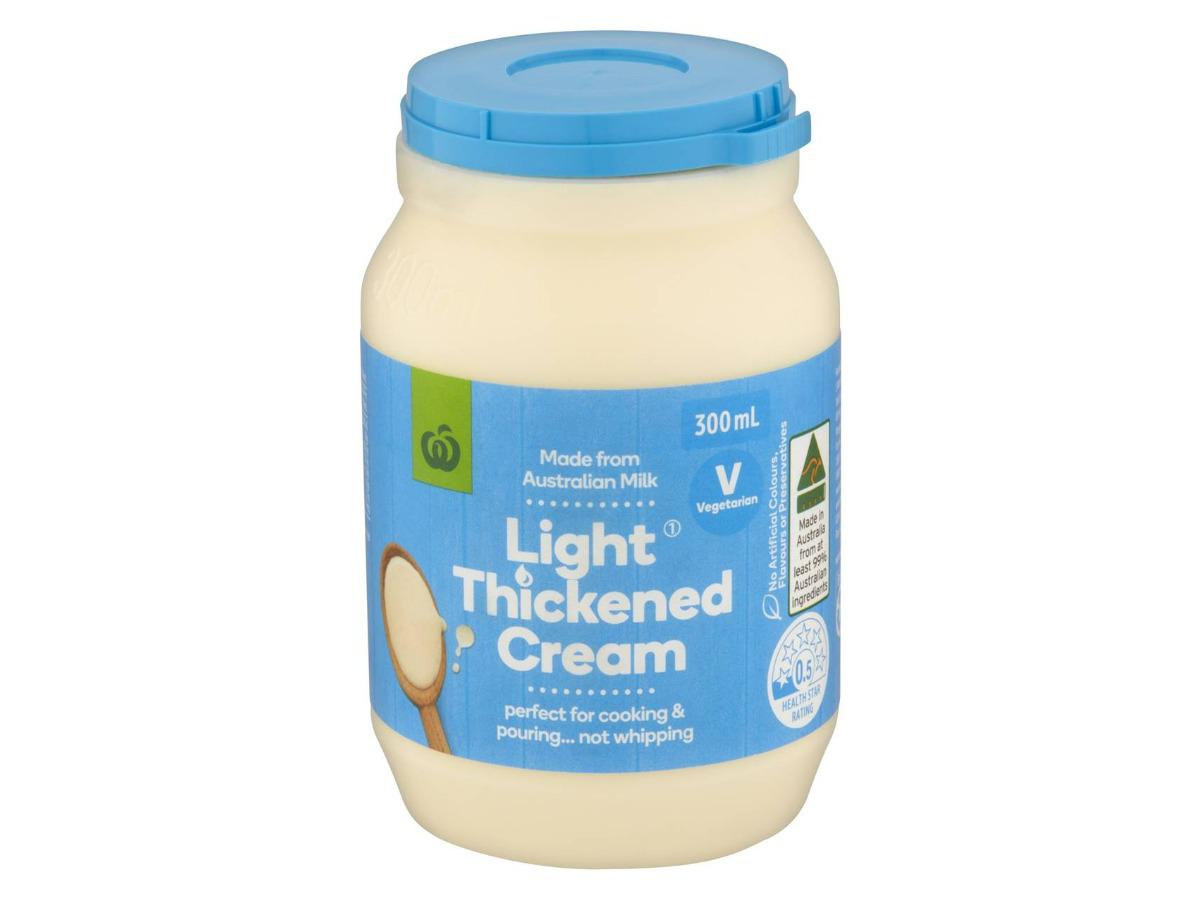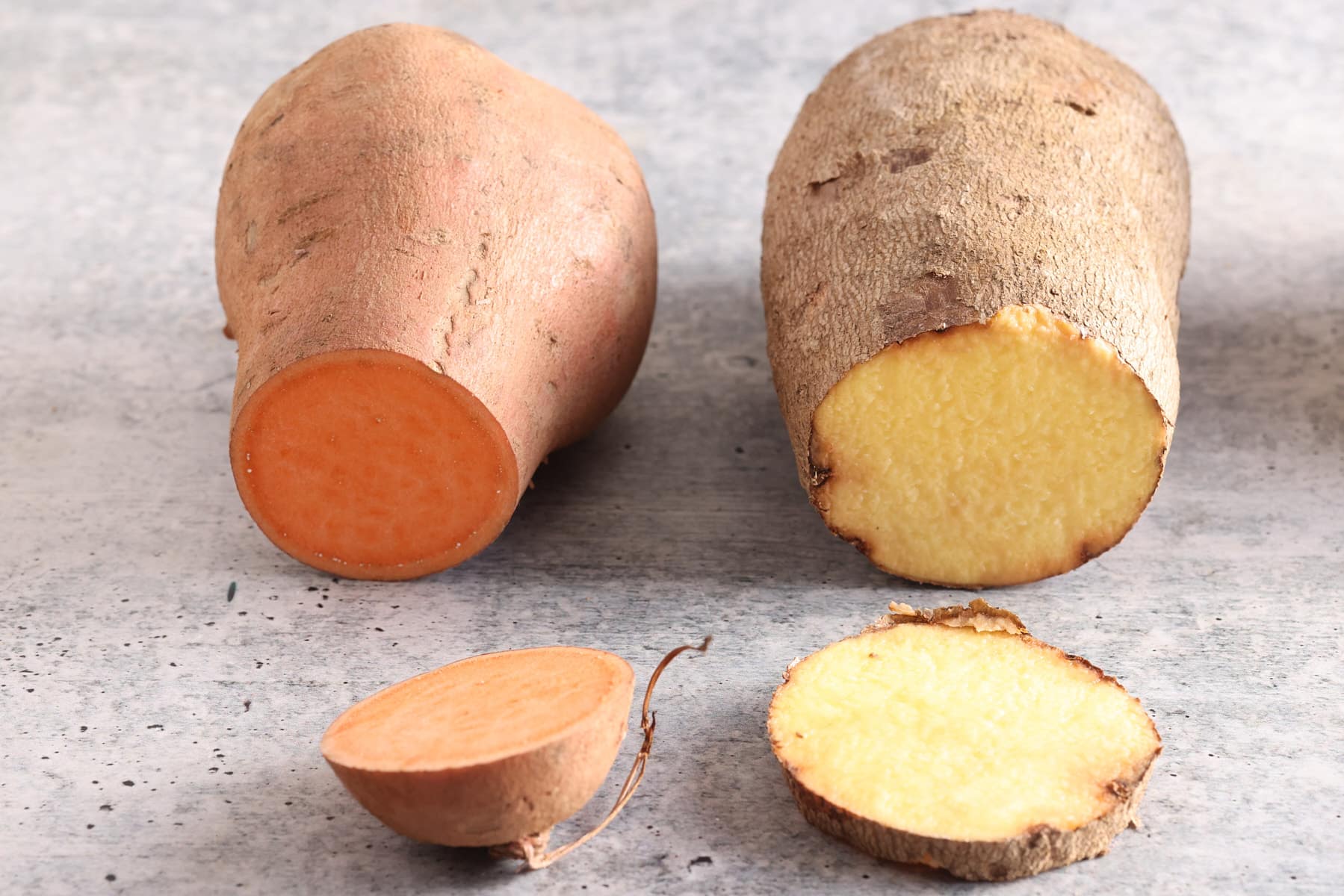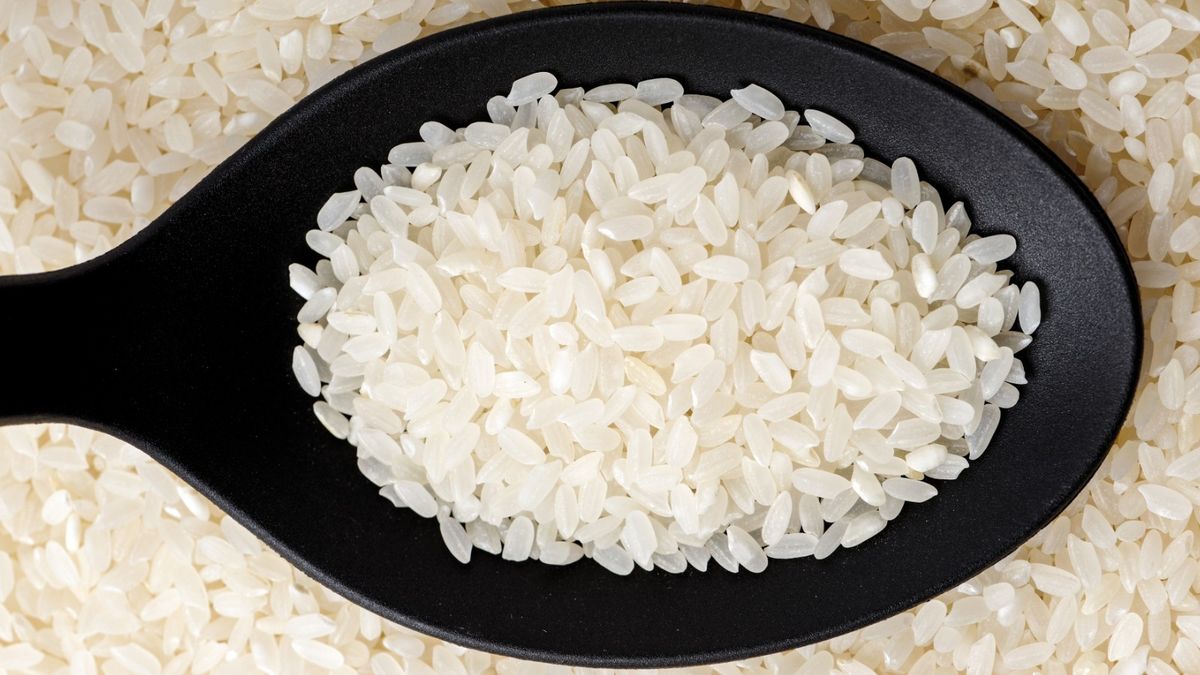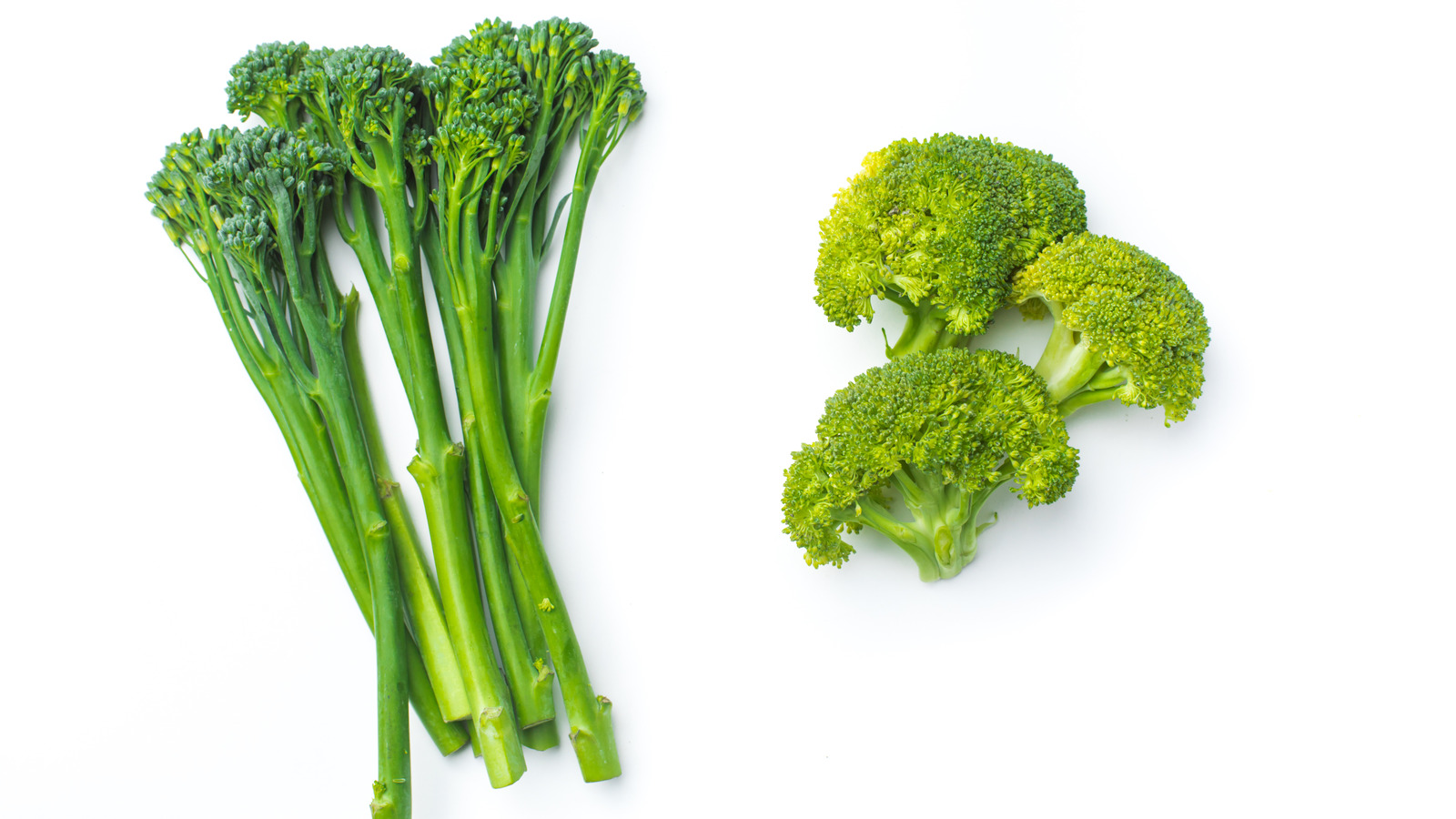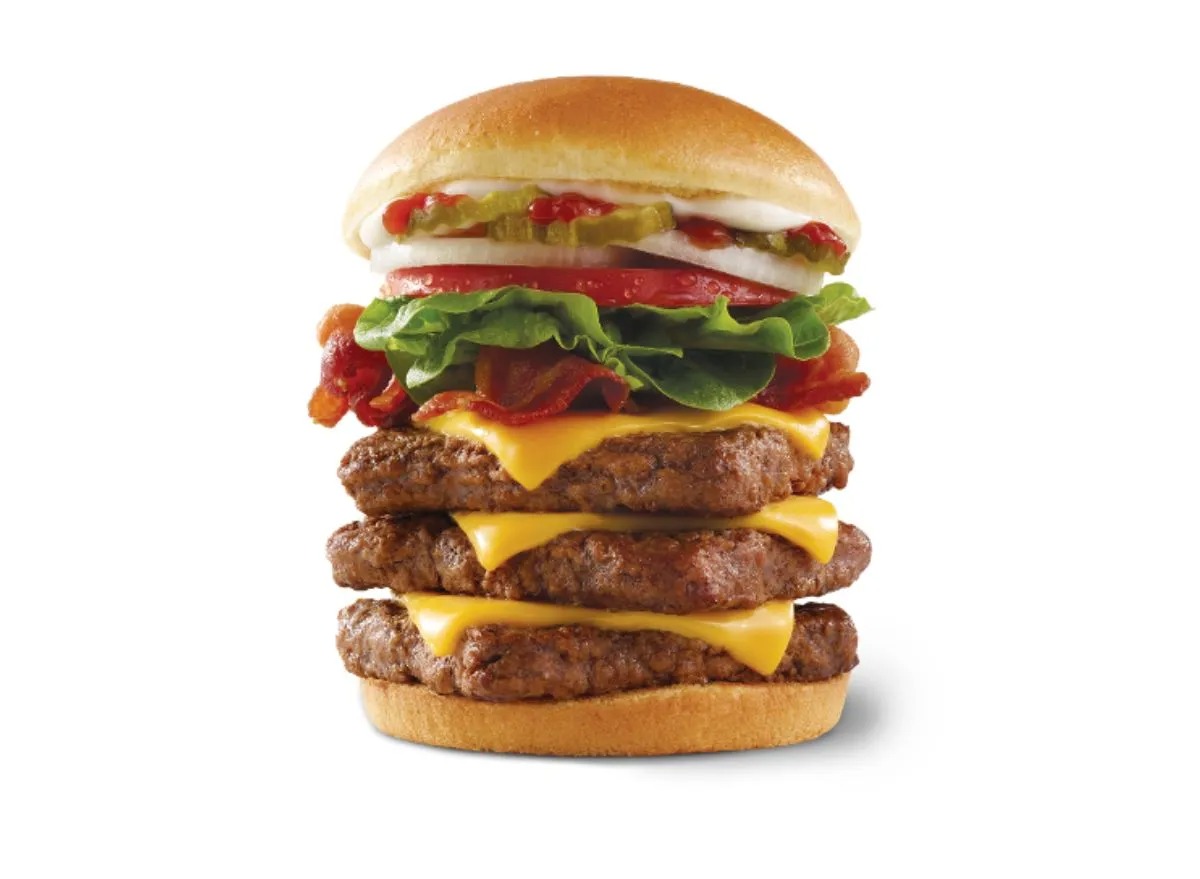When it comes to delicious and satisfying meals, beef is a popular choice for many people. Whether it's a juicy steak, a hearty burger, or a comforting bowl of beef stew, this versatile meat is a staple in cuisines around the world. But what exactly is beef, and where does it come from? In this article, we'll explore the ins and outs of beef, from its origins to its various cuts and cooking methods.
What is Beef?
Beef is the meat that comes from cattle, specifically cows, bulls, or steers. It is a rich source of protein, essential nutrients, and vitamins, making it a valuable part of a balanced diet. The flavor and texture of beef can vary depending on the cut and the way it is cooked, making it a versatile ingredient for a wide range of dishes.
Where Does Beef Come From?
Beef production begins on farms and ranches, where cattle are raised for their meat. The process starts with breeding cows and bulls to produce calves, which are then raised to maturity. Once the cattle reach the appropriate age and size, they are sent to processing facilities where they are butchered and the meat is prepared for distribution to grocery stores, restaurants, and consumers.
Cuts of Beef
Beef can be divided into various cuts, each with its own unique characteristics and best cooking methods. Some popular cuts of beef include:
- Ribeye: Known for its rich marbling and intense flavor, ribeye is a favorite for grilling and pan-searing.
- Filet Mignon: This tender and lean cut is often considered one of the most luxurious and is best cooked to medium-rare or medium.
- Chuck: Often used for stews and braises, chuck is a flavorful and economical cut that benefits from slow cooking methods.
- Sirloin: This versatile cut can be grilled, roasted, or pan-seared and is prized for its balance of flavor and tenderness.
Cooking with Beef
Beef can be prepared in a variety of ways, including grilling, roasting, braising, and stewing. The cooking method often depends on the cut of beef being used and the desired end result. For example, tender cuts like filet mignon are best suited for quick cooking methods like grilling, while tougher cuts like chuck benefit from slow, moist cooking methods to break down the connective tissue and tenderize the meat.
Nutritional Benefits of Beef
In addition to being a good source of high-quality protein, beef is also rich in essential nutrients such as iron, zinc, and B vitamins. These nutrients play a crucial role in supporting overall health, including muscle function, immune system health, and energy production. When consumed as part of a balanced diet, beef can be a valuable component of a healthy lifestyle.
Conclusion
Beef is a versatile and flavorful meat that has been enjoyed by people around the world for centuries. Whether it's a sizzling steak on the grill or a comforting bowl of beef stew, there are countless ways to enjoy this delicious protein. Understanding the origins of beef, the different cuts available, and the best cooking methods can help you make the most of this beloved ingredient in your own kitchen. So, the next time you're planning a meal, consider incorporating beef for a satisfying and delicious dining experience.
Was this page helpful?
Read Next: What Is A Substitute For Burrata Cheese?
